Padua is one of my favorite Italian cities. It is placed somewhere between Venice and Verona. Padua is a perfect place for a one-day visit! It has a charming central part of the city with so many things going on! I spend a day in Padua on my long weekend getaway to Italy that also included a day in San Marino and day in Venice. Here I bring you a perfect Padua travel guide for one day in this university city Padua that is probably most famous for the Saint Antionio Basilica and Prato della Valle – one of the largest squares in Europe.
Let’s discover one of the oldest cities in Italy!
For more travel and trip inspiration, check out my Instagram and Facebook page.
History of Padua
Padua, rooted in over 3,000 years of history, began as an ancient Venetic settlement before flourishing as a prominent Roman municipality known as Patavium. Home to the esteemed historian Livy and a revered center of learning, Padua’s medieval and Renaissance periods saw the rise of architectural wonders like Saint Anthony’s Basilica and the renowned Padua University. Despite enduring conflicts and invasions, Padua played a pivotal role in Italy’s unification. Today, it stands as a testament to cultural heritage, boasting historic landmarks and a legacy steeped in academic brilliance.
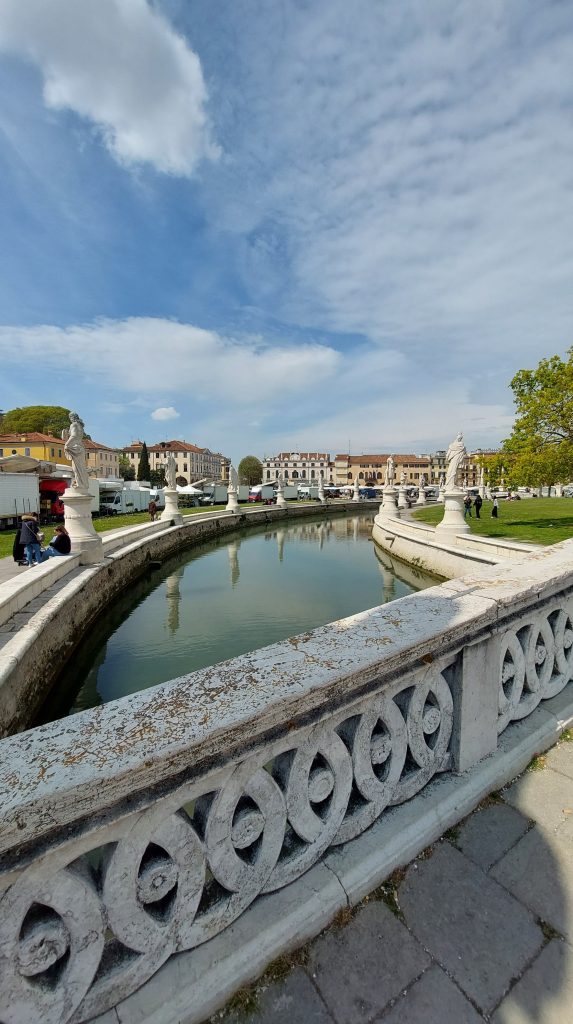
Geography of Padua
Nestled in Italy’s Veneto region, Padua is embraced by the meandering Bacchiglione River. Its urban landscape intertwines historic architecture, cobblestone streets, and vibrant piazzas. Padua’s proximity to the Adriatic Sea, about 40 kilometers away, influences its climate, contributing to mild winters and warm summers. The city’s strategic location, well-connected by transportation networks, enhances its significance as a cultural and commercial hub within Italy and Europe.
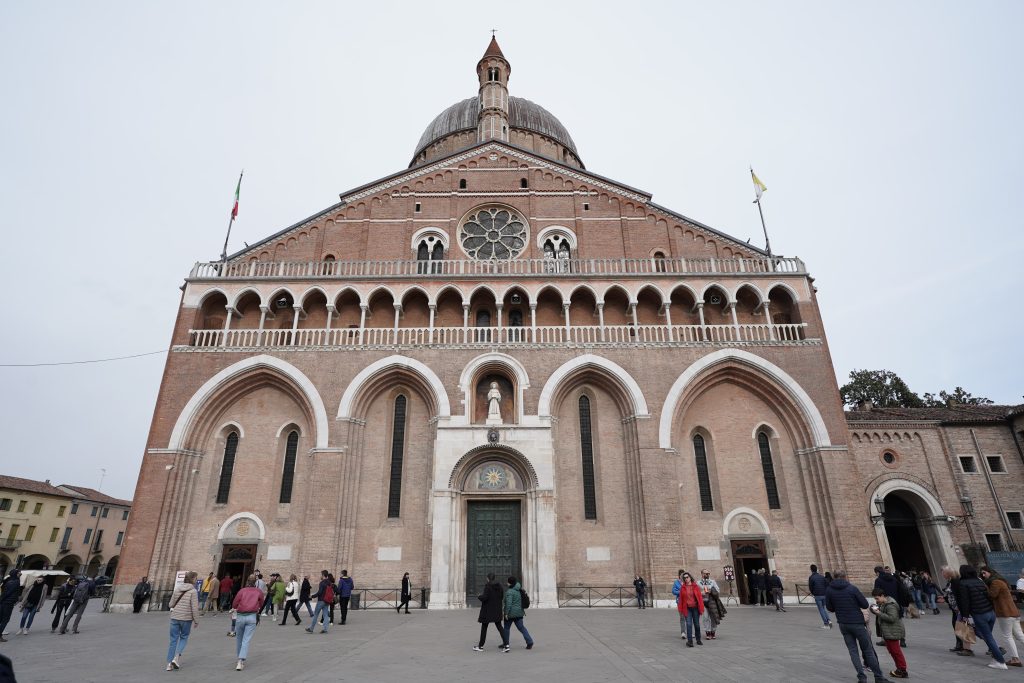
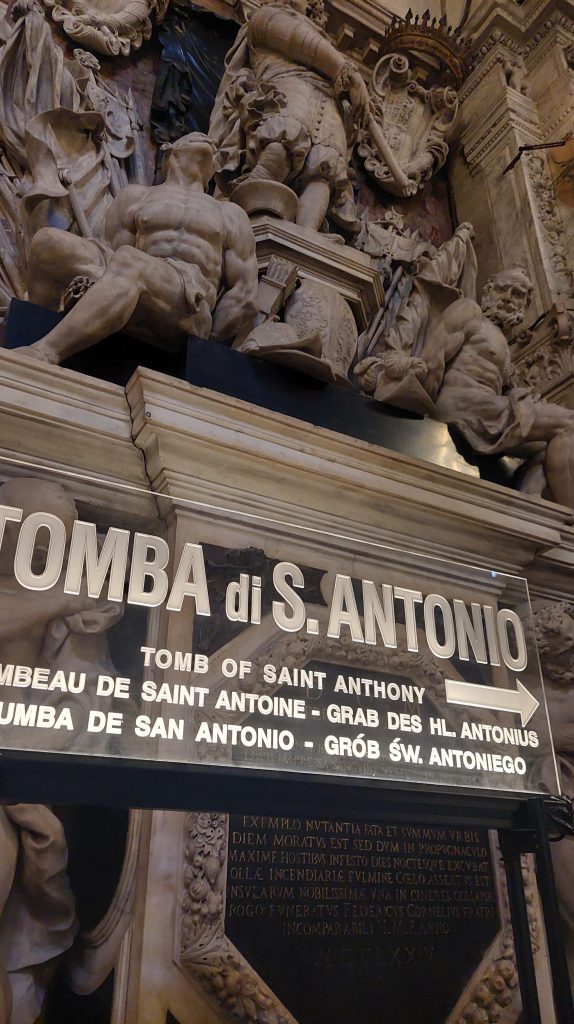
Visa and entry requirements for Italy (Padua)
For most EU, Schengen, and select nationalities, entry to Padua, Italy, for stays up to 90 days typically doesn’t require a visa. However, some nationalities might need a Schengen Visa. Requirements include a valid passport, travel itinerary, accommodation details, proof of funds, and insurance. Regulations vary, so verify the Italian Ministry of Foreign Affairs or Embassy/Consulate guidelines. Stay updated with travel advisories due to potential changes in entry requirements. For visitors from other continents, check rules for vaccination in Italy on the link.
Let’s connect on Facebook!
How to arrive in Padua
Reaching Padua is convenient due to its strategic location in northern Italy. Travelers often arrive via Marco Polo Airport in Venice, around 40 kilometers away, connecting to Padua via direct train or bus services taking approximately 30-45 minutes. Treviso Airport, another option, offers similar transportation links. Padua’s own railway station, Padua Centrale, serves national and regional trains, making it easily accessible from major Italian cities like Milan, Florence, and Rome. Additionally, efficient road networks and highways connect Padua to nearby destinations, facilitating travel by car or bus.
Rent-a-car here, or directly in search bar:
Parking in Padua
Parking in Padua can be challenging in the city center due to limited spaces and restricted traffic zones. Look for blue-lined areas indicating paid parking or opt for parking garages like Park Silos or Park Mantegna. Consider using public transport or walking within the city center, as some areas might have restricted traffic zones to preserve the historical sites.
Parking prices in Padua: On-street parking in designated areas with blue lines indicating paid parking zones can cost around €1-€2 per hour during regular hours.
Where we parked: We found a free parking! Since we arrived on the Easter morning in Padua, all garages and street parking lots were super busy! So we did few rounds around the central neighborhoods and found a free parking spot on the street. The exact street was Via Guglielmo Marconi, around house number 52, 35123. From there we took a tram, 2 stops to the Prato della Valle.
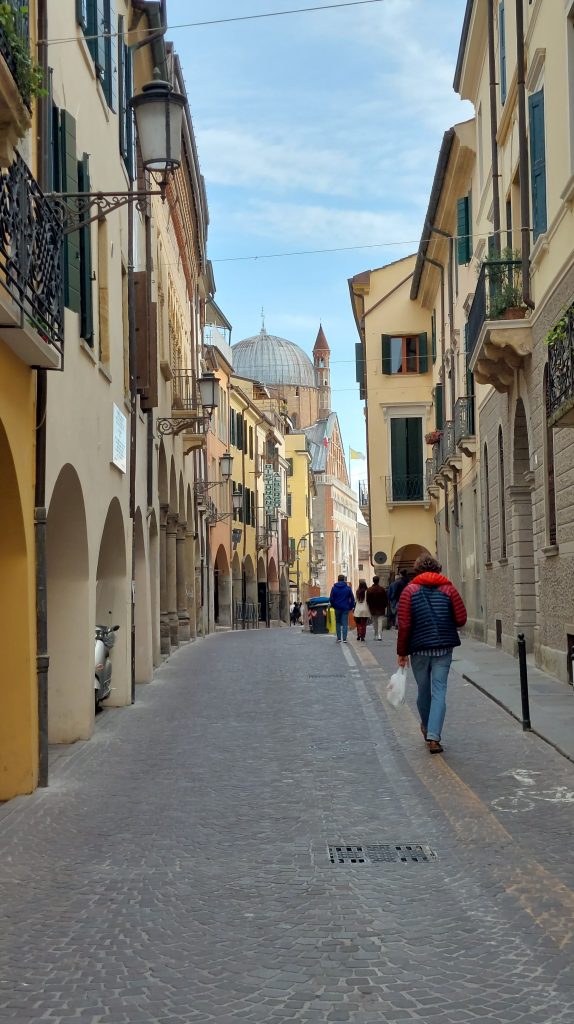
Public transport in Padua
Padua’s public transport network includes an extensive fleet of buses and trams. A single bus/tram ticket costs around €1.30 and is valid for 75 minutes, allowing transfers within that duration. Day passes, at approximately €4, offer unlimited rides, making them ideal for extensive exploration. The service operates efficiently, making it a cost-effective and convenient option.
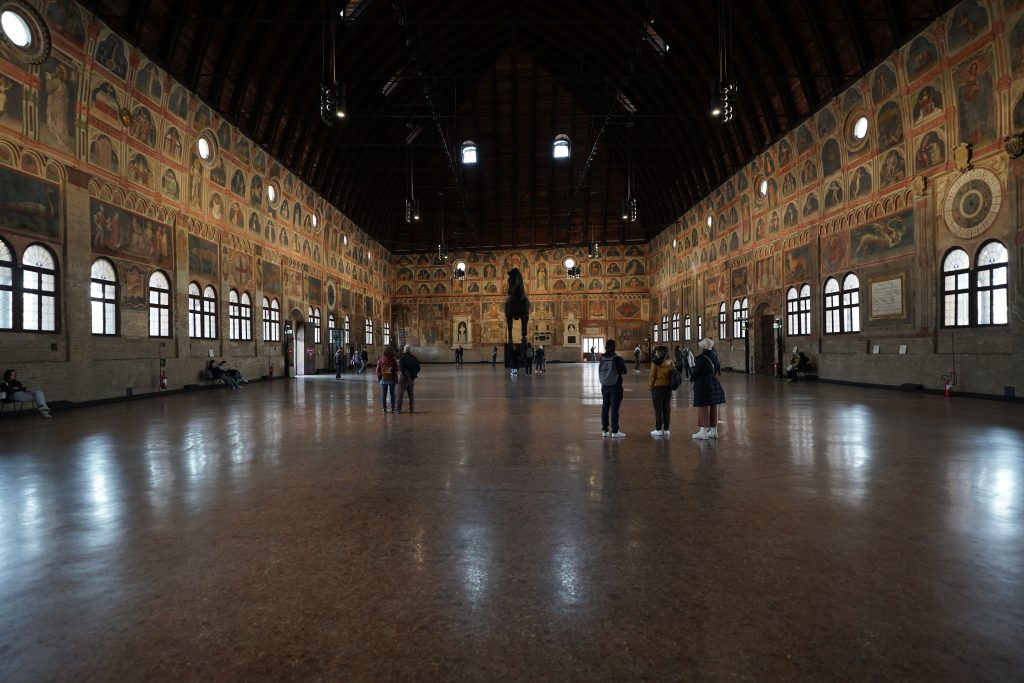
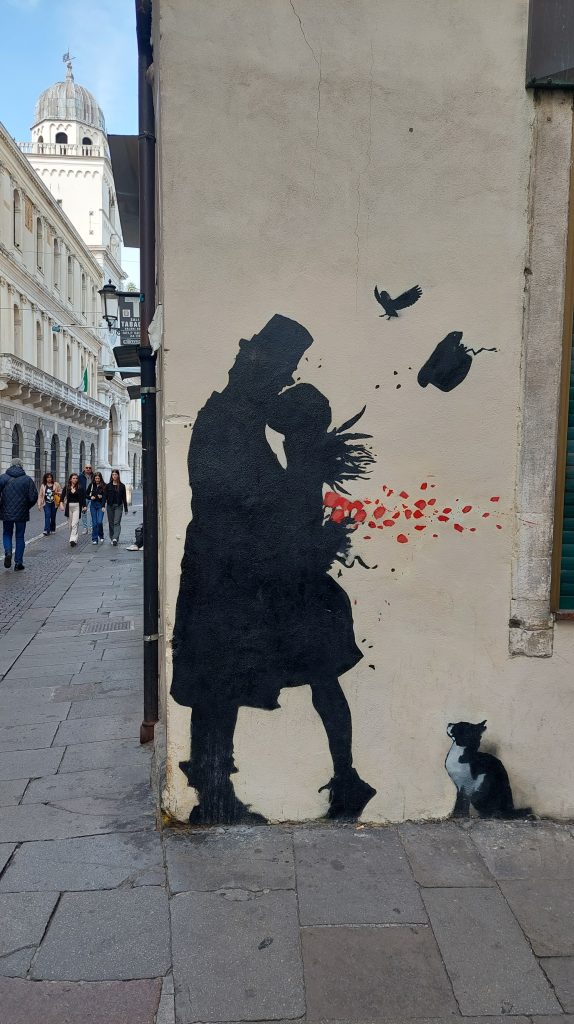
Accommodation in Padua
Visitors can choose from charming guesthouses and cozy bed-and-breakfasts providing a local experience starting at €50-€80 per night. Mid-range hotels, averaging €80-€120, provide comfort and convenience, while luxury options with amenities like spas and fine dining range from €120-€200 per night. Booking in advance, especially during peak tourist seasons or events, ensures a seamless stay in Padua’s welcoming accommodations with their distinct Italian charm.
Since we were with a car, we went for accommodation that was 15 min outside of the city and we did not regret! We booked this amazing apartment for 4-6 people, for a good price. There was plenty of space for us and for the car to park! This is the apartment we booked. Also, other accommodation options in Padua are:Scrovegni Room & Breakfast, Hotel Casa Del Pellegrino, Canton del Gallo to complete the Padua travel guide.
Or search for your perfect accommodation here:
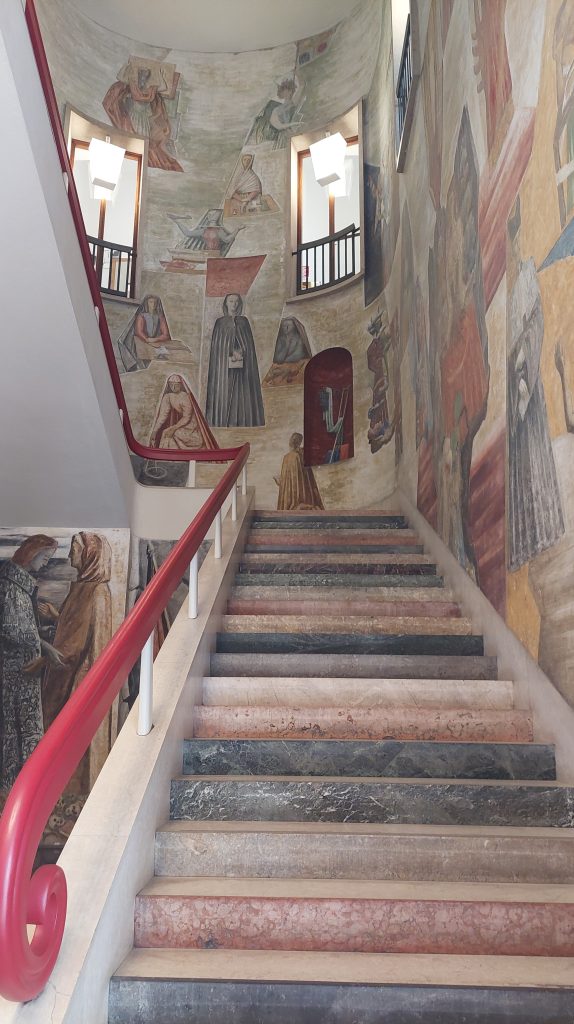
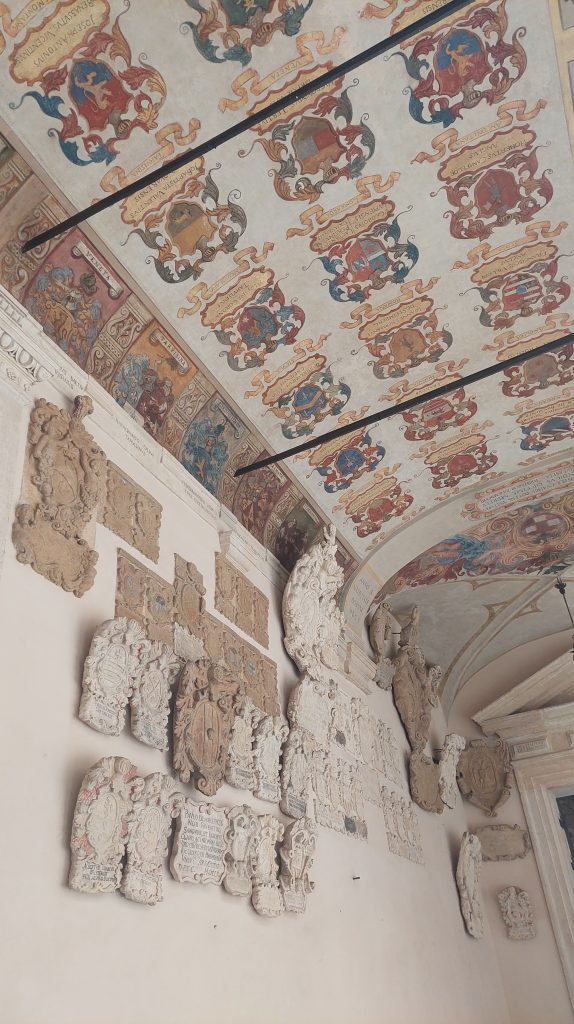
Must see spots in Padua travel guide
Padua is brimming with captivating sites. Here’s a list of must-see places included in the Padua travel guide:
- Scrovegni Chapel (Cappella degli Scrovegni): Adorned with Giotto’s frescoes, this chapel is a masterpiece of Western art.
- Basilica of Saint Anthony (Basilica di Sant’Antonio): A stunning church housing the tomb of Saint Anthony and impressive artworks.
- Prato della Valle: One of Europe’s largest squares, featuring statues, a central green island, and a lively atmosphere.
- Padua’s Botanical Garden (Orto Botanico di Padova): The world’s oldest academic botanical garden, showcasing diverse plant species.
- Padua Cathedral (Cattedrale di Santa Maria Assunta): A historic cathedral boasting impressive architecture and religious significance.
- Palazzo della Ragione: A medieval palace with a vast hall adorned with a large wooden horse and vibrant frescoes.
- University of Padua (Università degli Studi di Padova): Founded in 1222, this prestigious university has a rich history and impressive architecture.
- Eremitani Church (Chiesa degli Eremitani): Known for its stunning frescoes by Andrea Mantegna.
- Piazza dei Signori: A charming square surrounded by historical buildings, including the clock tower and Loggia della Gran Guardia.
- Musei Civici agli Eremitani: Housing archaeological finds, art collections, and exhibitions depicting Padua’s history.
Tours and tickets for attractions in Padua:
- Padua: Private City Walking Tour & Scrovegni’s Chapel Visit
- Live Padua like a local
- Padova: Must-See Landmarks & Attractions Self-Guided Tour
- Padua Hop-on Hop-off Tour: 24-Hour Ticket
- Padua Highlights: City of Magic Outdoor Escape Game
- From Padua: Walking & Wine Tasting City Tour
- Padua: Private Home Cooking Demo with a Four-Course Meal
- Padua: Pasta and Tiramisu Class with a Local Host
- Garden of Villa Barbarigo in Valsanzibio Tickets
- Villa Pisani Tickets
What to eat in Padua
Padua offers a delightful culinary scene with diverse dining options.
Indulge in Padua’s culinary treasures with must-try delights like “Risotto al nero di seppia” (squid ink risotto), “Bigoli in salsa” (thick pasta with anchovy sauce), and the famous “Baccalà alla Vicentina” (Vicenza-style salted cod). Complete your experience with local wines and creamy “Tiramisu” for dessert.
- From Padua: Walking & Wine Tasting City Tour
- Padua: Private Home Cooking Demo with a Four-Course Meal
- Padua: Pasta and Tiramisu Class with a Local Host
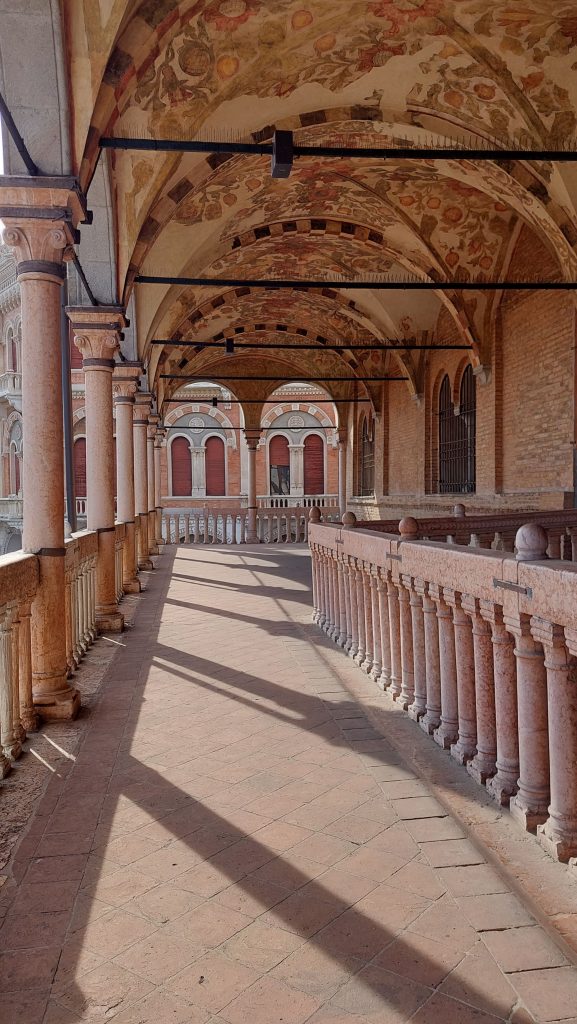
Spots where we ate for perfect Padua travel guide:
We had a dinner at La Boccia (Via Soncin 39, 35141 Padua). Charming place in city center with good food and good prices.
We had late breakfast: Dalla Zita (Via Gorizia 16. 35139, Padua) – super famous sandwich place with over 150 sandwich combos you can choose from, or even make your own! Its so famous that we had to wait for almost 30 min to order sandwiches.
We had coffee at Pasticceria Graziati Padua (Piazza della Frutta 40, 35122, Padua). It was average.
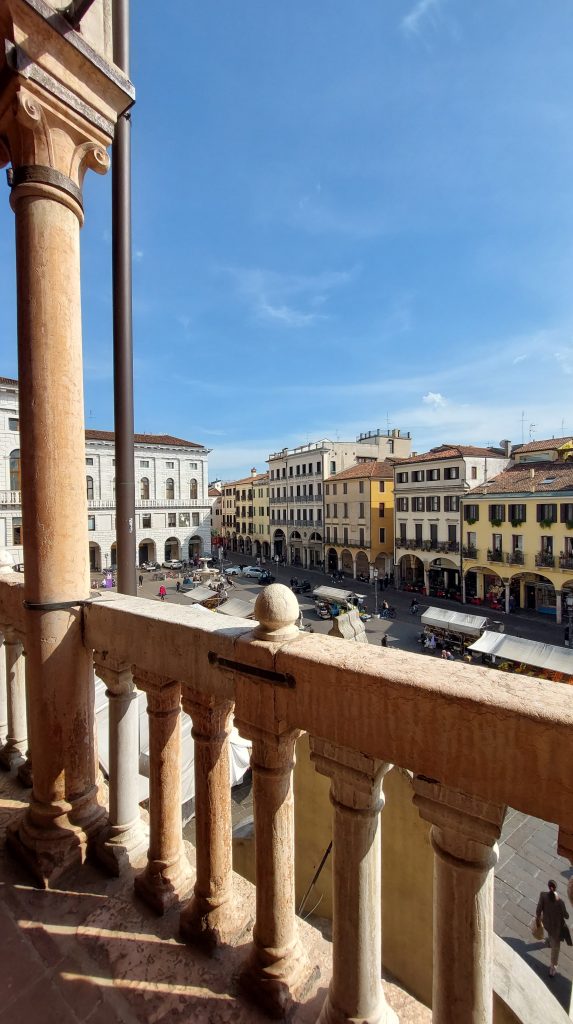
Weather in Padua and best time to visit
Summers, from June to August, bring warm temperatures averaging around 25-30°C (77-86°F). Spring and autumn offer mild, pleasant weather ideal for exploration, averaging 15-20°C (59-68°F). Winters, from December to February, are cool with temperatures ranging between 0-10°C (32-50°F). The best time to visit Padua is during spring (April-May) or early autumn (September-October) when the weather is comfortable for sightseeing and outdoor activities, avoiding the peak tourist crowds.
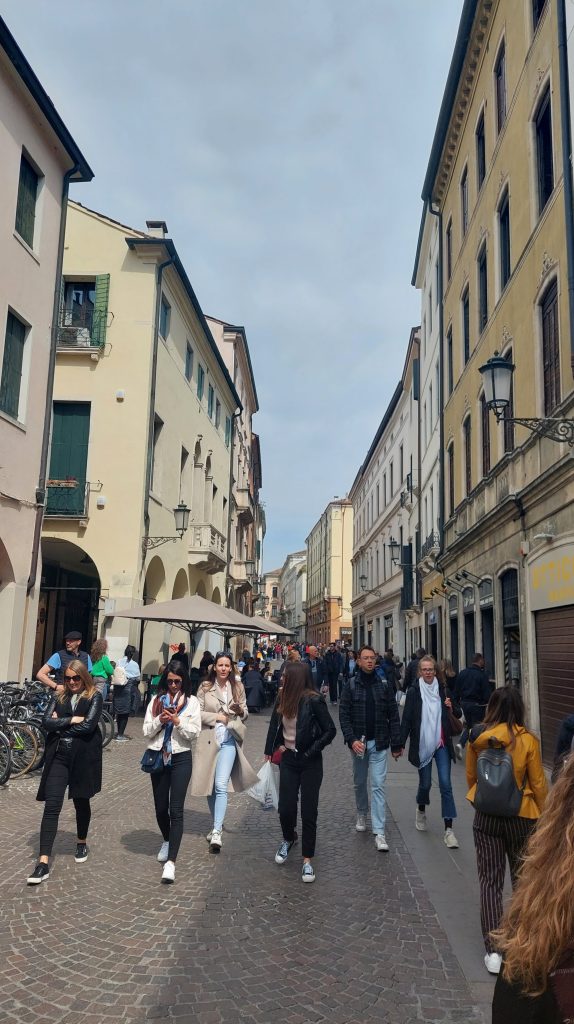
Price in Padua
In Padua, prices for daily expenses like meals at local trattorias range from €10-€20 per person, while dining at mid-range restaurants might cost €25-€40. Accommodation varies from budget-friendly options starting around €50-€80 per night to upscale hotels averaging €120-€200. Public transport tickets cost approximately €1.30 per ride. Museum entrances typically range from €5-€15. Shopping for groceries or daily essentials is reasonable, with costs aligning with Italian averages. Prices might fluctuate slightly based on the season and specific locations, but Padua generally offers a moderate cost of living, allowing visitors to explore comfortably without breaking the bank.
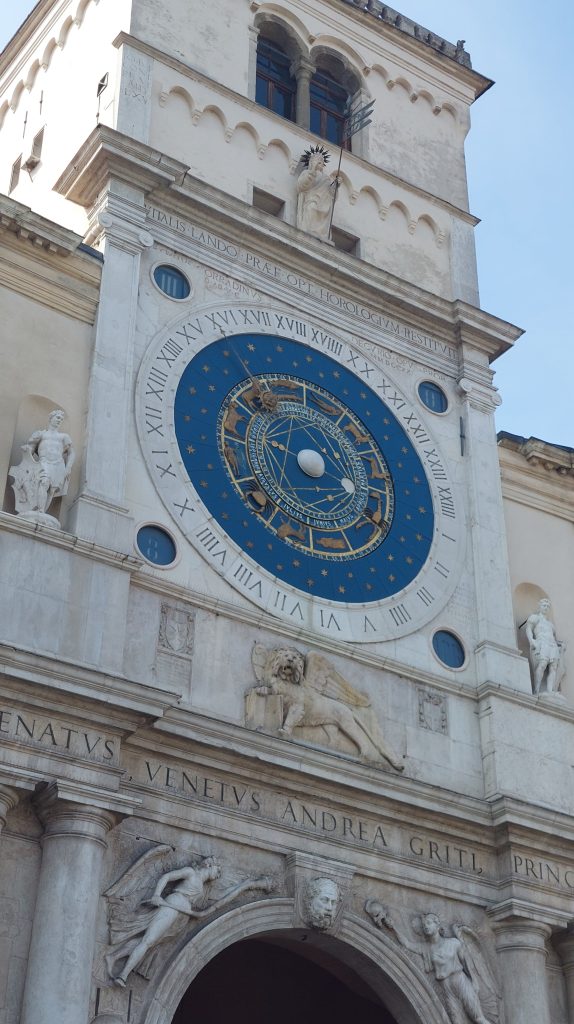
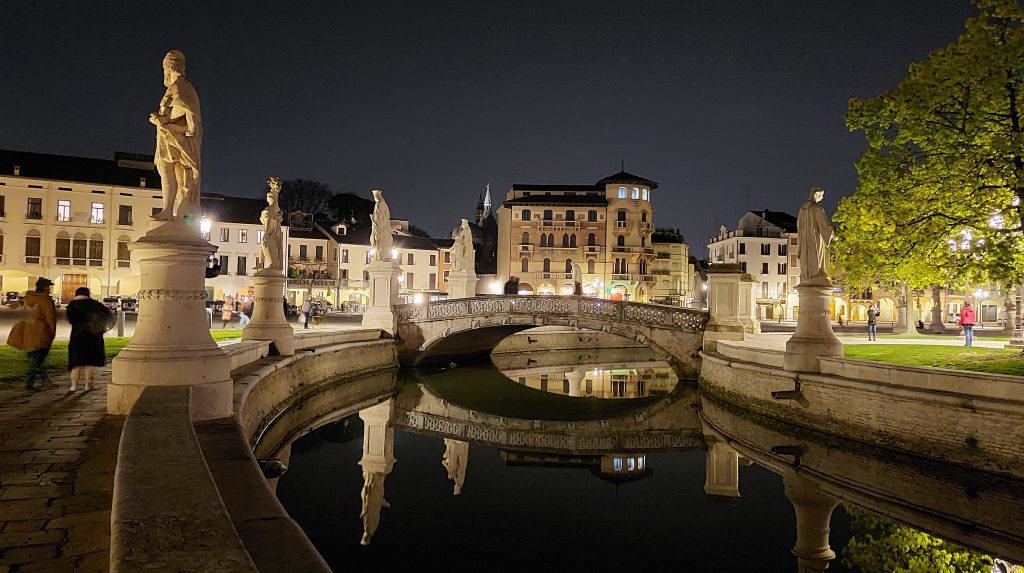
Other blog posts related to Padua travel guide:
- San Marino – Complete Travel Guide for San Marino in One Day
- 15 Must-see Spots in San Marino – Itinerary for a Day Trip
- 5 Day Rome Itinerary: The Ultimate Travel Guide
- NAPLES: Must Know Before Going to Italy + Mount Vesuvius
- 10 European Cities You Must Visit in 2024
- How to get Compensation for Cancelled or Delayed Flight
- 21 Must-Have Travel Gear Items That Often Go Unnoticed
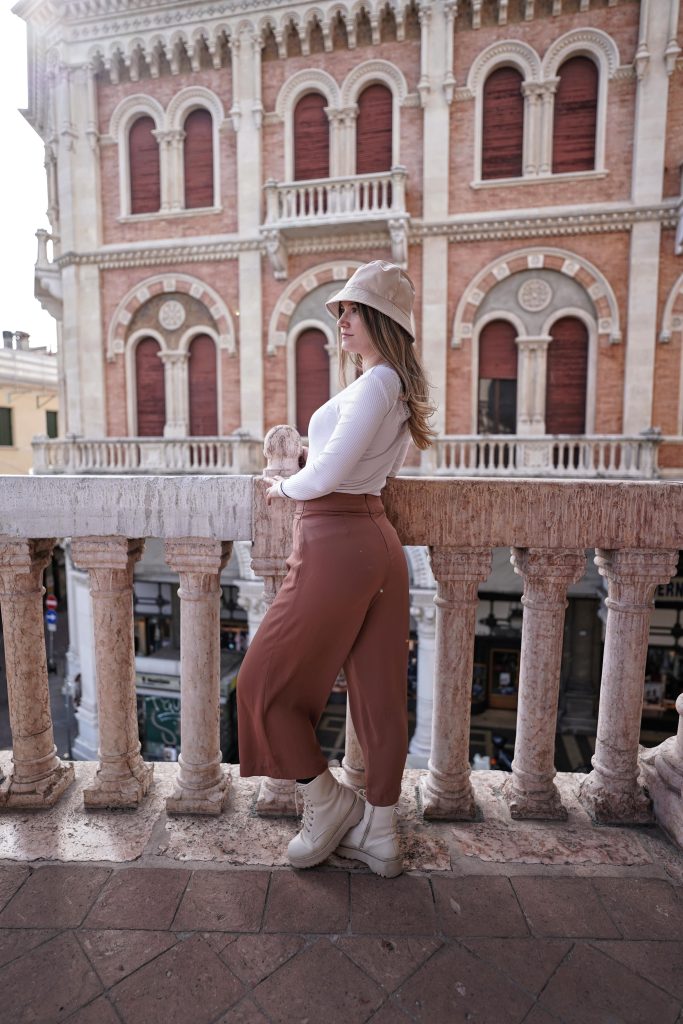
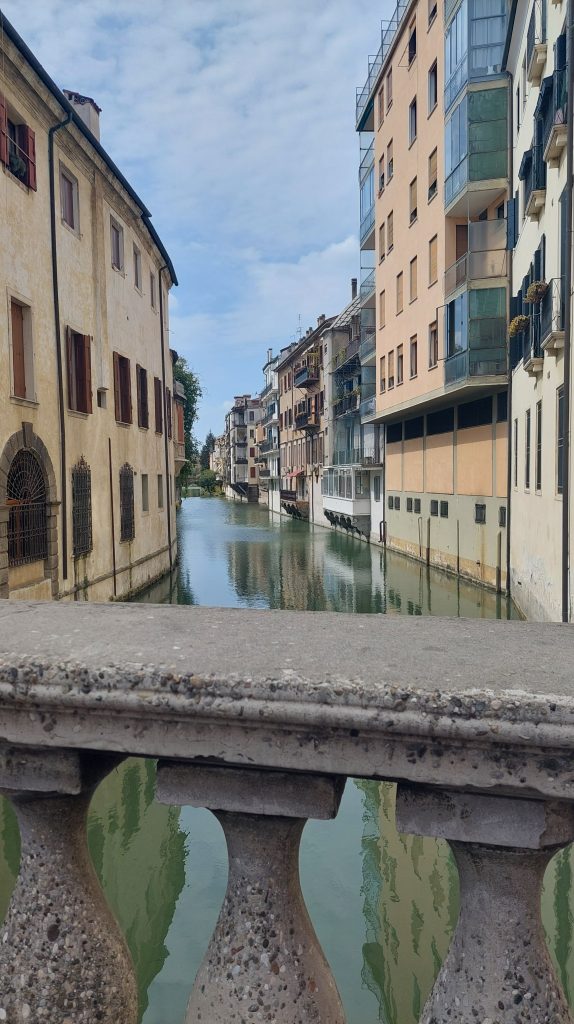
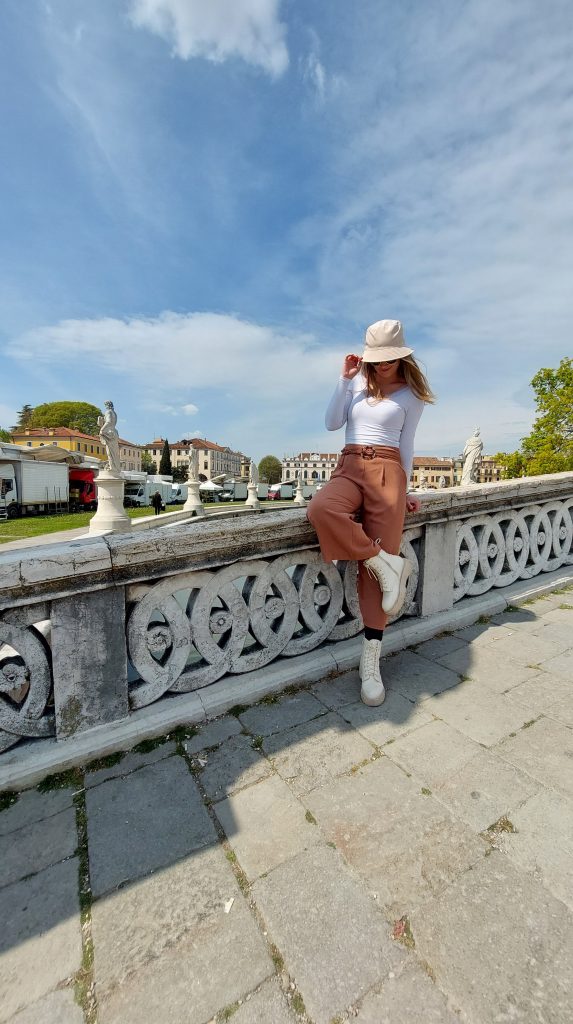



Leave a Reply